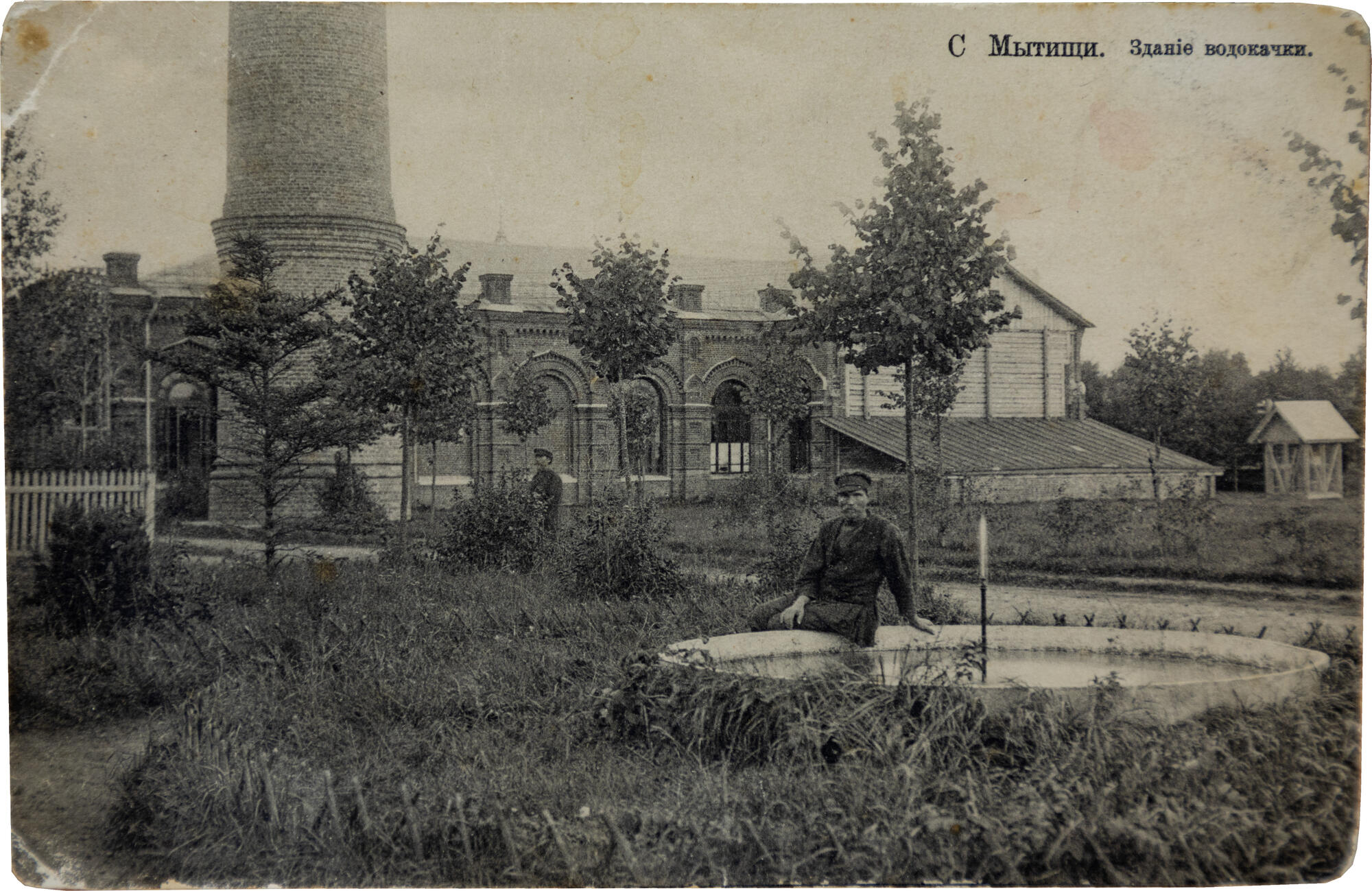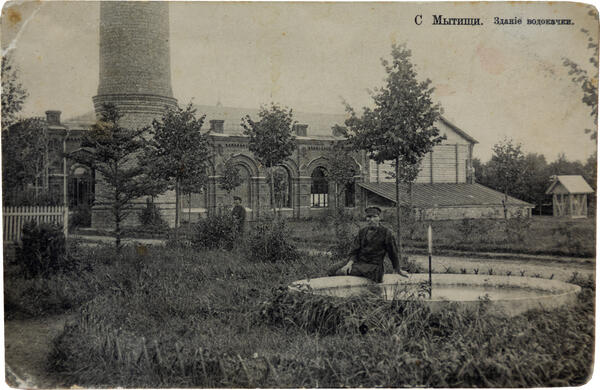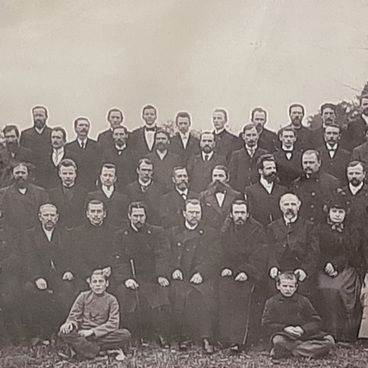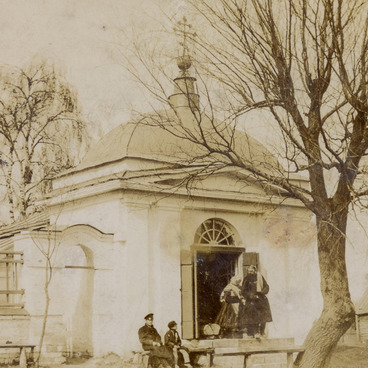Historically, a stable water supply system was a vital element of any town, village, and even a separate house. For centuries, residents of Moscow had to carry water from multiple rivers, ponds, wells. The city kept growing, the waste was emptied into the water, and many bodies of water were ruined which resulted in epidemics. Citizens of the capital sent multiple petitions to build a water pipe.
A horrible epidemic devastated Moscow in the period from 1770 to 1772. After it, the government finally decided to arrange a water supply system in Moscow. On June 28, 1779, Empress Catherine the Great signed the order to construct the first Moscow aqueduct. The engineer Friedrich Wilhelm Bauer was in charge of the works. The construction of the first water pipe in Moscow, which was named after Catherine the Great, continued from 1799 to 1804.
The Mytishchi aqueduct is a unique engineering structure that delivered water directly to Moscow using the method of gravity flowing. Up until the 20th century, it served as the only source of drinking water in the city. In total, 43 key pools were constructed. It was connected to the city through a gallery of 22 versts (~23.4 km) long brick gravity-flowing water pipe gallery.
The postcard depicts a one-story brick building of the pumping station in the background. It is a part of a set of buildings created in the 1890s according to the project of the architect Maxim Geppener.
In the foreground, we see a worker standing next to the building. Near the building one can distinguish a water reservoir covered with a piece of thick and old glass. Old pipes installed above wells and the building itself survived to our days on the territory of the Mytishchi pumping station. The building is 90% preserved and its technical equipment (pipes, pumps, hydraulic and vacuum presses) remain in their places even today. Even though now this ancient engine room is out of service, it can still function perfectly well. However, you cannot explore the inside of the pumping station since you can only get inside the building as a part of a tour group.
A horrible epidemic devastated Moscow in the period from 1770 to 1772. After it, the government finally decided to arrange a water supply system in Moscow. On June 28, 1779, Empress Catherine the Great signed the order to construct the first Moscow aqueduct. The engineer Friedrich Wilhelm Bauer was in charge of the works. The construction of the first water pipe in Moscow, which was named after Catherine the Great, continued from 1799 to 1804.
The Mytishchi aqueduct is a unique engineering structure that delivered water directly to Moscow using the method of gravity flowing. Up until the 20th century, it served as the only source of drinking water in the city. In total, 43 key pools were constructed. It was connected to the city through a gallery of 22 versts (~23.4 km) long brick gravity-flowing water pipe gallery.
The postcard depicts a one-story brick building of the pumping station in the background. It is a part of a set of buildings created in the 1890s according to the project of the architect Maxim Geppener.
In the foreground, we see a worker standing next to the building. Near the building one can distinguish a water reservoir covered with a piece of thick and old glass. Old pipes installed above wells and the building itself survived to our days on the territory of the Mytishchi pumping station. The building is 90% preserved and its technical equipment (pipes, pumps, hydraulic and vacuum presses) remain in their places even today. Even though now this ancient engine room is out of service, it can still function perfectly well. However, you cannot explore the inside of the pumping station since you can only get inside the building as a part of a tour group.



